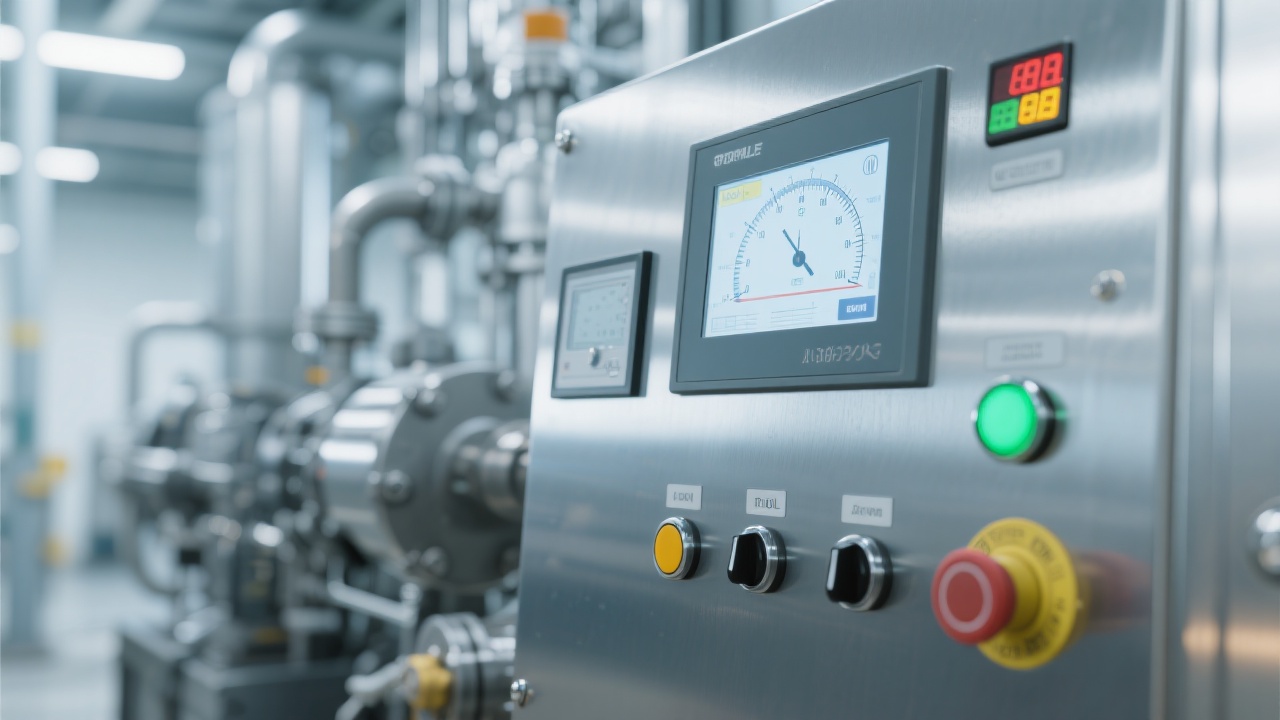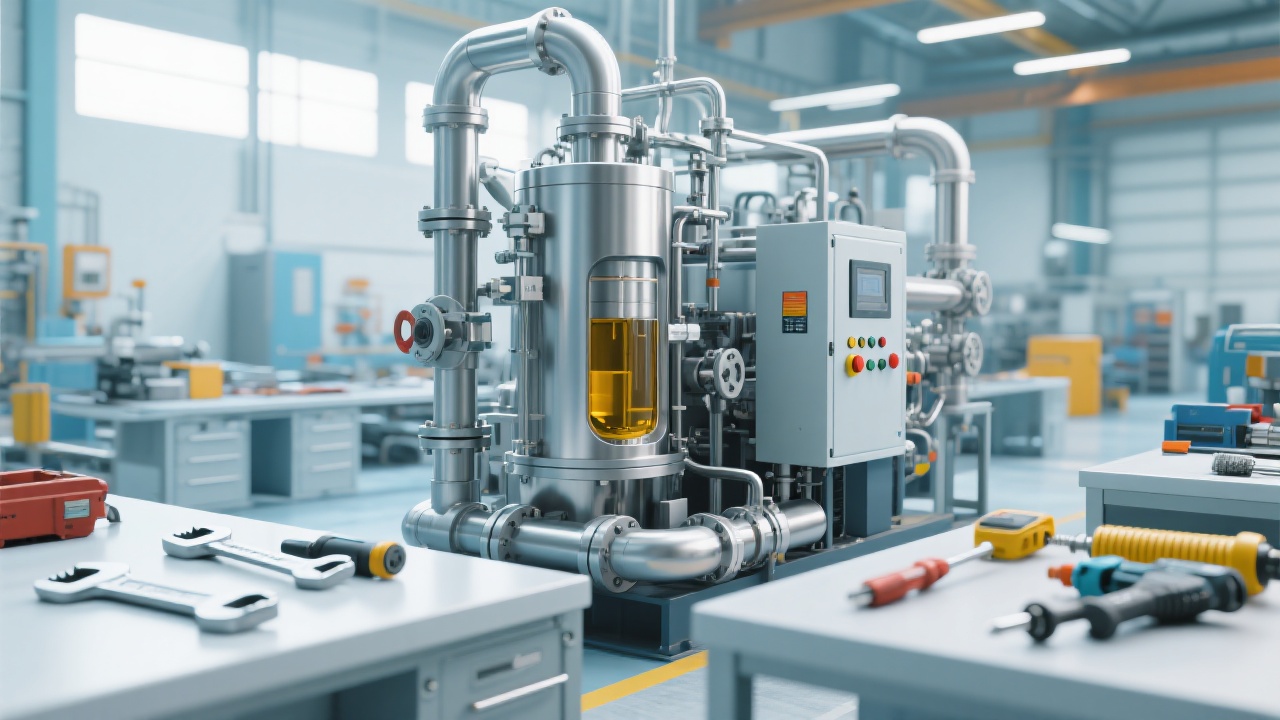
This guide delves into the best practices and case studies of hardware and software integration in the automatic control system for the grain and oil processing industry, specifically focusing on the sesame oil production line. It is a valuable resource for equipment administrators and automation technicians in the grain and oil processing sector.
The sesame oil production line automatic control system consists of several core modules, including PLCs, sensors, and actuators. These components work together to ensure the stable and efficient operation of the production line. For example, PLCs play a crucial role in controlling the overall process, while sensors are responsible for collecting real - time data such as temperature and flow rate.
According to industry statistics, in a well - optimized sesame oil production line, the use of an advanced automatic control system can increase the production efficiency by up to 30% and reduce the production cost by about 20%. This is mainly due to the precise control of the production process, which minimizes waste and improves product quality.

The integration of hardware and software is a key step in the automatic control system. The guide details the methods of integrating different hardware components with software and the logic of parameter setting. For instance, the proper tuning of PLC parameters can significantly improve the system's performance. By adjusting the parameters related to temperature and flow control, the system can achieve a more accurate and stable operation.
Through practical examples, the guide demonstrates how to optimize the control of temperature and flow rate in a coordinated manner. This not only improves the product quality but also enhances the overall efficiency of the production line. In some cases, the coordinated control of temperature and flow can increase the product yield by about 15%.
System faults can cause significant disruptions to the production process. The guide provides a detailed process for fault prevention and troubleshooting. It includes a series of preventive maintenance measures and real - life examples of fault diagnosis. For example, by regularly checking the sensors and actuators, many potential faults can be detected and resolved in advance.
A fault - troubleshooting flowchart is also included in the guide, which helps technicians quickly identify and solve problems. This can reduce the downtime of the production line. On average, with effective fault prevention and troubleshooting measures, the production line downtime can be reduced by up to 50%.

Different grain and oil processing enterprises have different scales and production requirements. The guide emphasizes the importance of personalized automation solutions. It provides principles for selecting the right automation solutions based on the enterprise's scale and production needs. For small - scale enterprises, a more cost - effective and simple solution may be more suitable, while large - scale enterprises may require a more comprehensive and advanced system.
By choosing the appropriate automation solution, enterprises can improve the utilization rate of equipment and the quality of products. This can also help them better meet market demands and gain a competitive edge in the industry.
To help users better understand and apply the knowledge in the guide, it is accompanied by graphic and video materials. These materials make the content more intuitive and easier to understand. Equipment managers and technical engineers can use these resources to enhance their professional level and operational efficiency.

Don't miss out on this opportunity to take your sesame oil production line to the next level. Download the complete PDF manual here or join our technical exchange group to discuss and learn from industry experts. Improve your production efficiency and product quality today!

